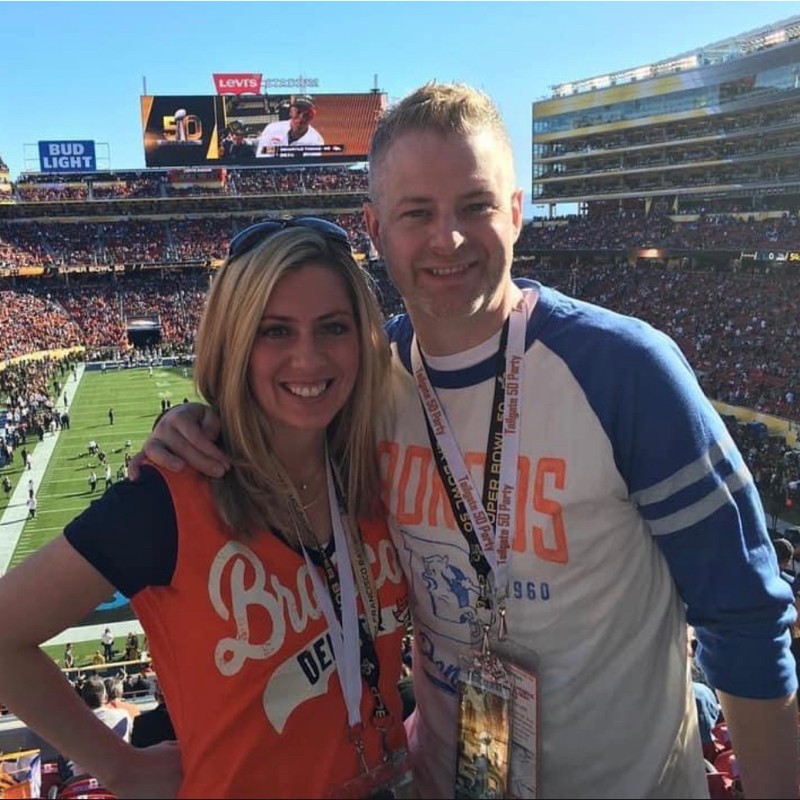Critiques of Joseph Smith in the CES Letter
The CES letter criticizes Joseph Smith in various ways. A CES Letter summary of these arguments against Joseph Smith follows. First, the CES Letter claims Joseph Smith wrote (not translated) the Book of Mormon by copying from the Bible, The View of the Hebrews, The Late War, and/or The First Book of Napoleon. Second, the CES Letter says that Smith used seer stones to translate the Book of Mormon while not looking at the plates. The historical accounts confirm this. The CES Letter argues that the only conclusion to these facts is that Joseph Smith wrote the Book of Mormon, otherwise, he would have needed to look at the plates.
Next, the CES Letter says that Smith wrote contradicting accounts of his first vision, which the CES Letter interprets to mean that Smith fabricated his first vision experience. The CES Letter continues its questioning of Smith’s supposed translation ability with the Book of Abraham. Smith’s practice of polygamy and polyandry comes under fire, as well.
The LDS CES Letter states that Smith believed that the Kinderhook Plates were real. This is probably true. The historical record shows that Smith looked at the plates and the markings and made some comments about what the plates’ inscriptions could mean. The Kinderhook Plates were believed to be real until 1980 when they were proven to be fakes.
Sixth, The CES Letter says that Smith backdated the restoration of the priesthood. The reality is that neither Smith nor Oliver Cowdery wrote extensively about the restoration of the priesthood until years after it happened. The final criticism of Smith is that he stole temple ceremonies from Freemasonry. All in all, like the rest of the CES Letter, some of these things are true and some of them are not. Regardless of their truth, the CES Letter often draws conclusions that don’t account for all of the facts or states its conclusions like they are the only possible interpretation of the facts.
References
- Sarah Allen, “Letter For My Wife Rebuttal, Part 11: The Early Church – The Kinderhook Plates,” FAIR, accessed April 25, 2024, https://www.fairlatterdaysaints.org/blog/2023/04/06/letter-for-my-wife-rebuttal-part-11-the-early-church-the-kinderhook-plates.


